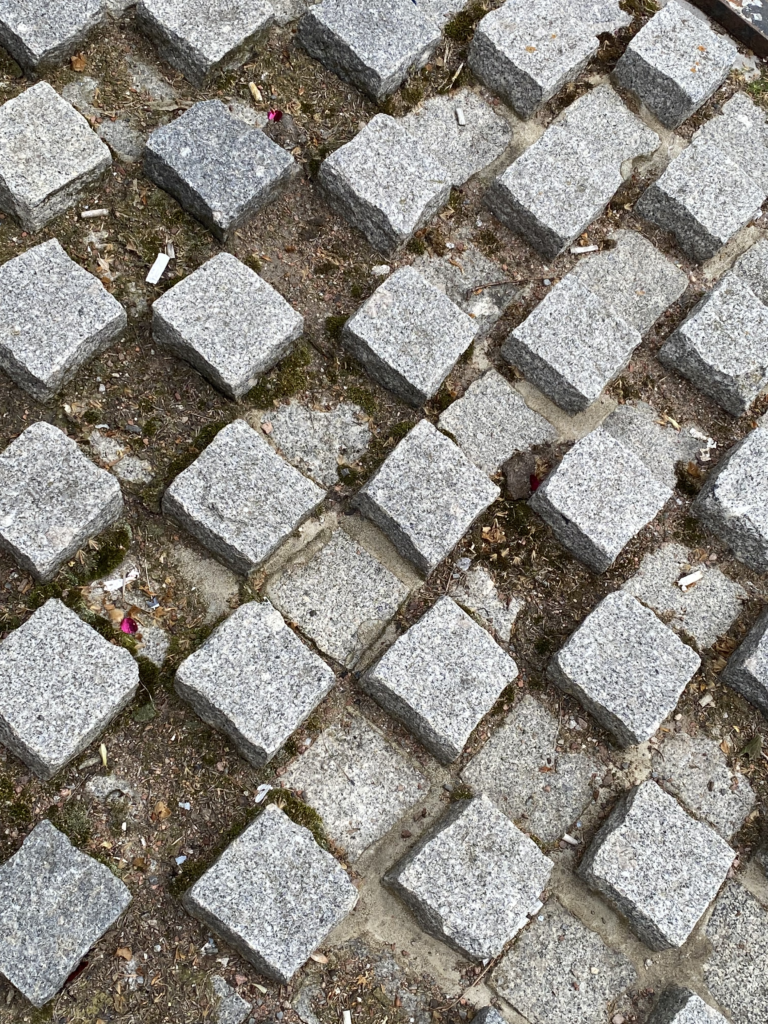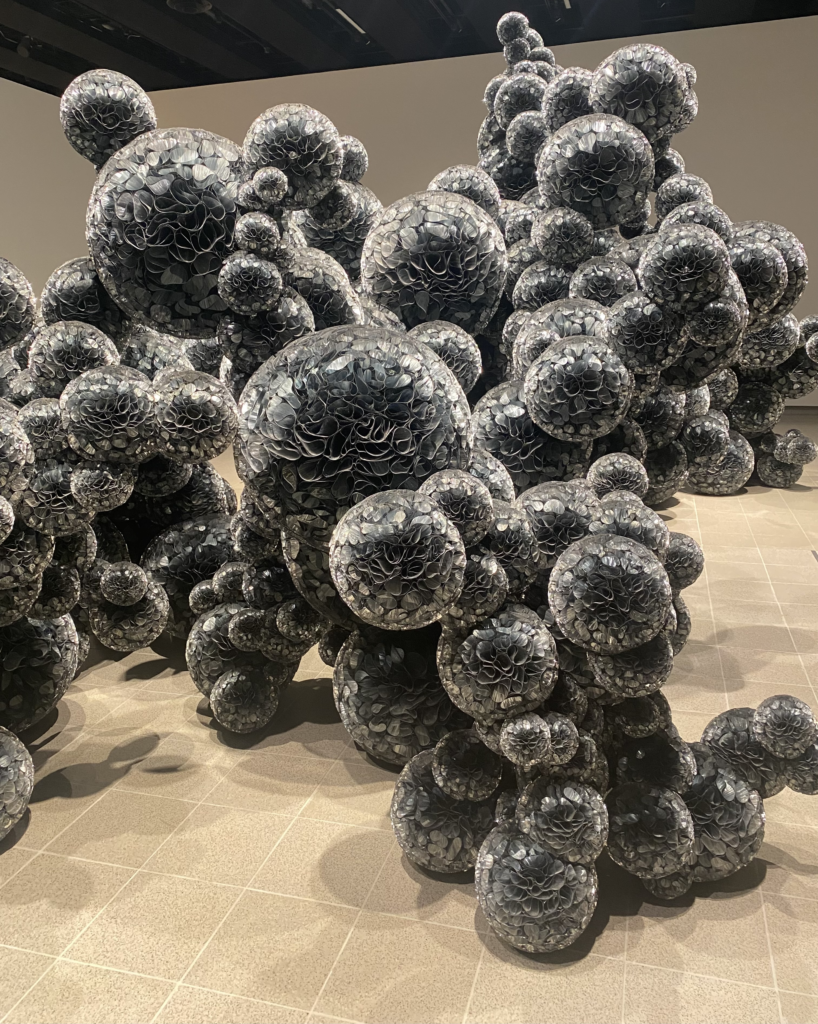
Source: Ramsey 2008
The way stories are told, their pattern, is rarely visualised. We are likely to imagine, remember ‘what’ we have just been told. The content of a story, what a story is about lingers in our mind. A story’s pattern though carries its content, makes an impression with a profound impact. This is like a fingerprint, but one based on the style of your own story. Many stories follow a classic pattern and have a beginning, middle and an end. Within this structure stories are divided into smaller chunks. Is it possible to explain why these chunks are formed?

Source: Photo by Alex Pillen
To a certain extent, we can. At the most basic level chunks are separated from each other when the storyteller takes a deep breath or briefly pauses before carrying on with the story. These are physical, external markers for a chunk. Chunks can be created in other ways too. They can be made internally cohesive by repeating phrases or words, by creating parallel structures that make the chunk cohere, stick together. Some chunks are defined by their function, by the role they play in the story. A chunk may constitute a story’s narrative core, its orientation or end. Sometimes elements of a story are ambiguous and the listener needs to fill in the gaps, imagine a story’s concrete sense. Then chunks are surrounded by a shared territory of meaning, a space left blank for the imagination of the listener. Such observations may be considered mere constatation though and may not truly explain why chunks are formed?

Source: Photo by Alex Pillen, Tara Donovan at the Hayward Gallery, London
Natural language is a high-dimensional form that evolved through innovation and repetition over millennia. We are used to the term ‘natural language’ to speak about the languages that evolved ‘naturally’ in populations throughout human evolution. To talk about language as ‘natural matter’ is perhaps less straightforward. Storytelling is part of this trajectory too, the patterns and chunks that emerge as a story unfolds. In order to introduce the 3-dimensional nature of chunks it may not suffice to rely on cubes or non-organic shapes, as I had done so far?

Source: Donovan (p.102)
References
Brenneis, D. L. (1986). Shared territory: Audience, indirection, and meaning. Text, 6(3), 339-347.
Donovan, T. (2024). When Forms Come Alive: Sixty Years of Restless Sculpture (pp. 96-103) Hayward Gallery Publishing.
Johnstone, B. (1990). Stories, communities, and place: Narratives from Middle America. Indiana University Press.
Labov, W. (1972). Language in the inner city. University of Pennsylvania Press.
Ramsey, Dom (2008, 25 June). Toblerone Dark. Chocablog.